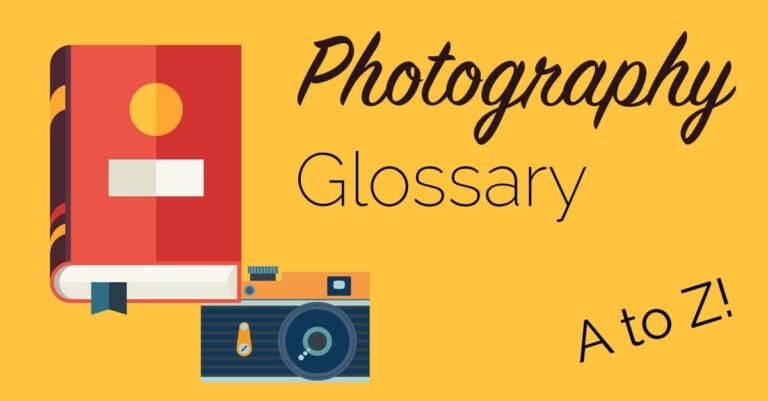Macro Lens
What Is a Macro Lens Used for When Taking Photographs? A macro lens is lens designed for macro, or close-up photography. Macro lenses feature extremely small minimum focusing distances meaning they are capable of focusing on objects that are extremely close to the lens. A good Macro lens should feature a 1:1 magnification ratio for taking highly detailed, life sized images of subjects. Macro lenses use optical formula specifically designed to render close objects in extreme detail and as such are not particularly versatile; Due to the small minimum focusing distances macro lenses have an extremely narrow depth of field, …



